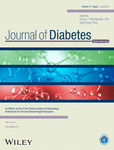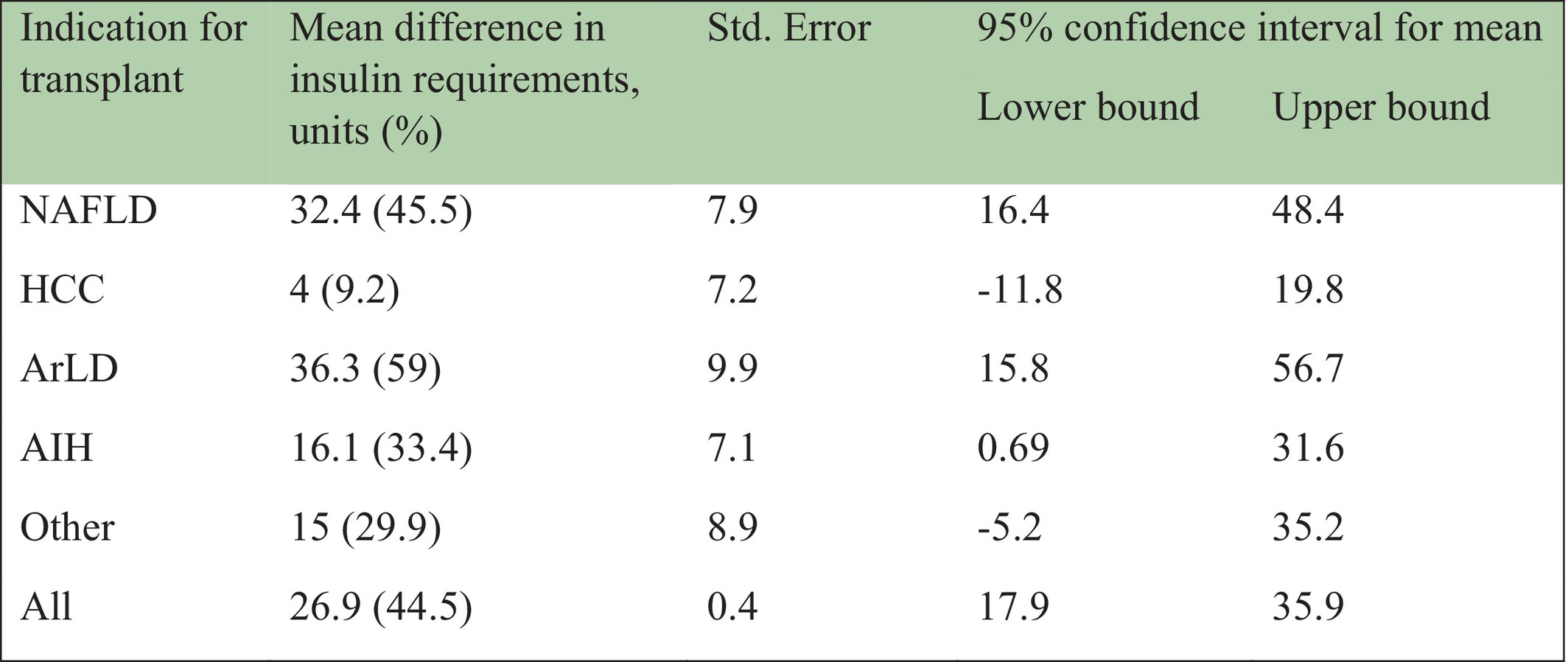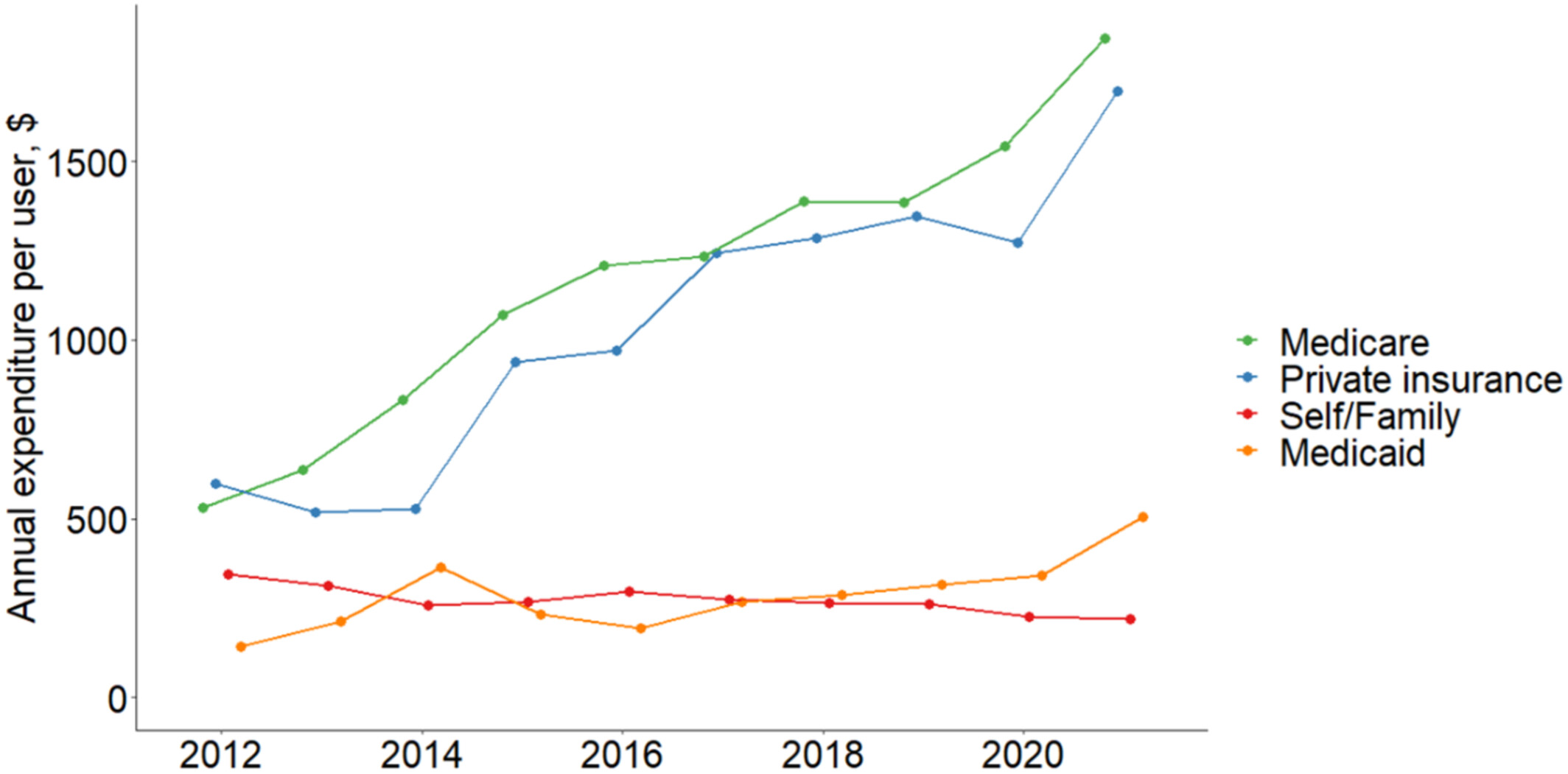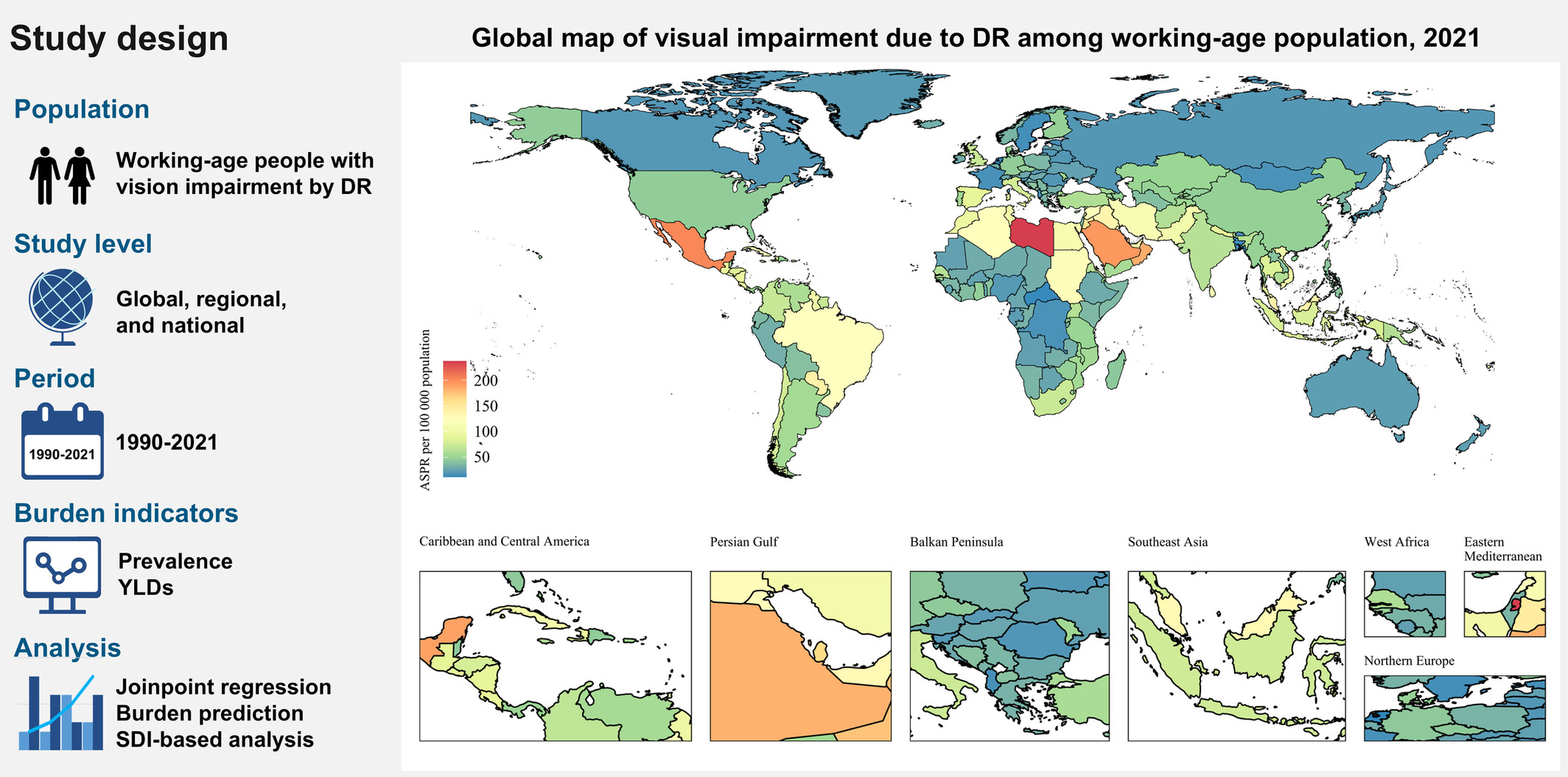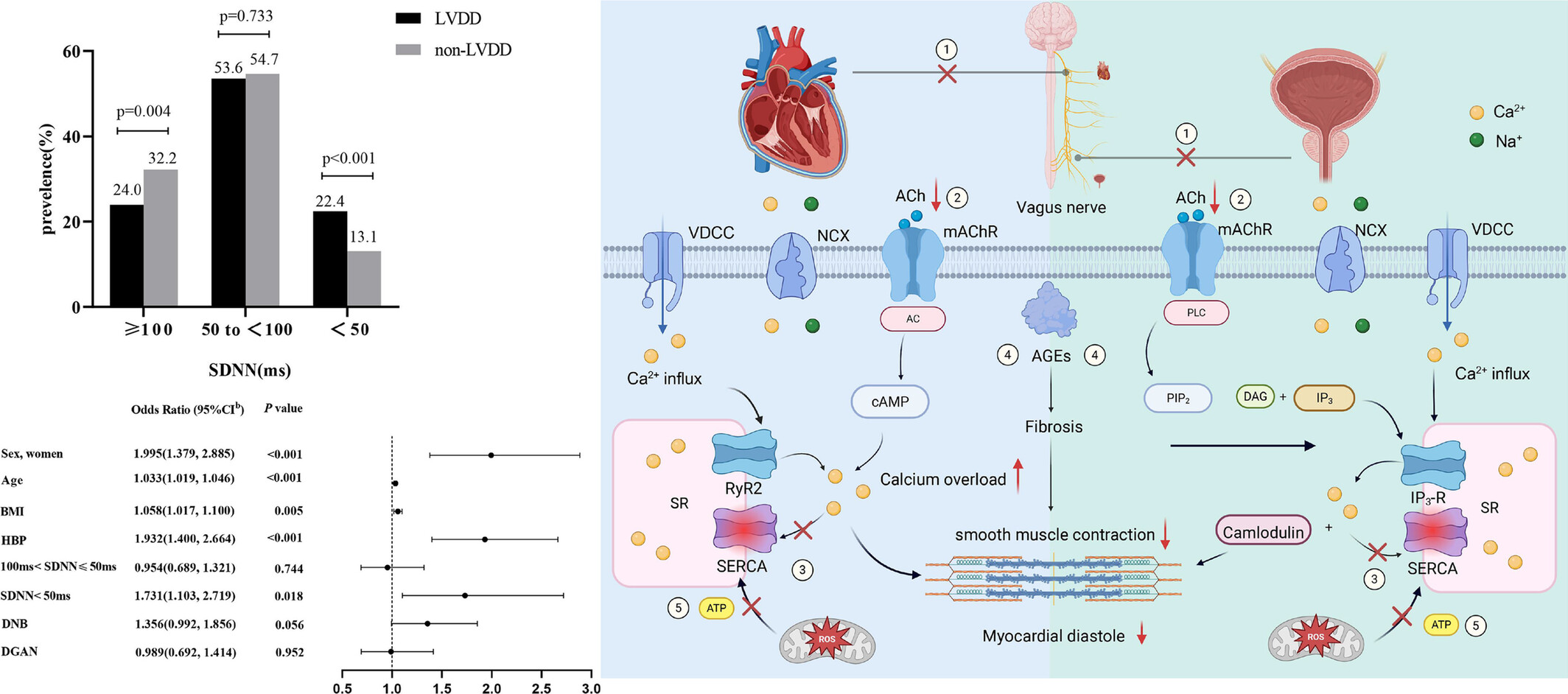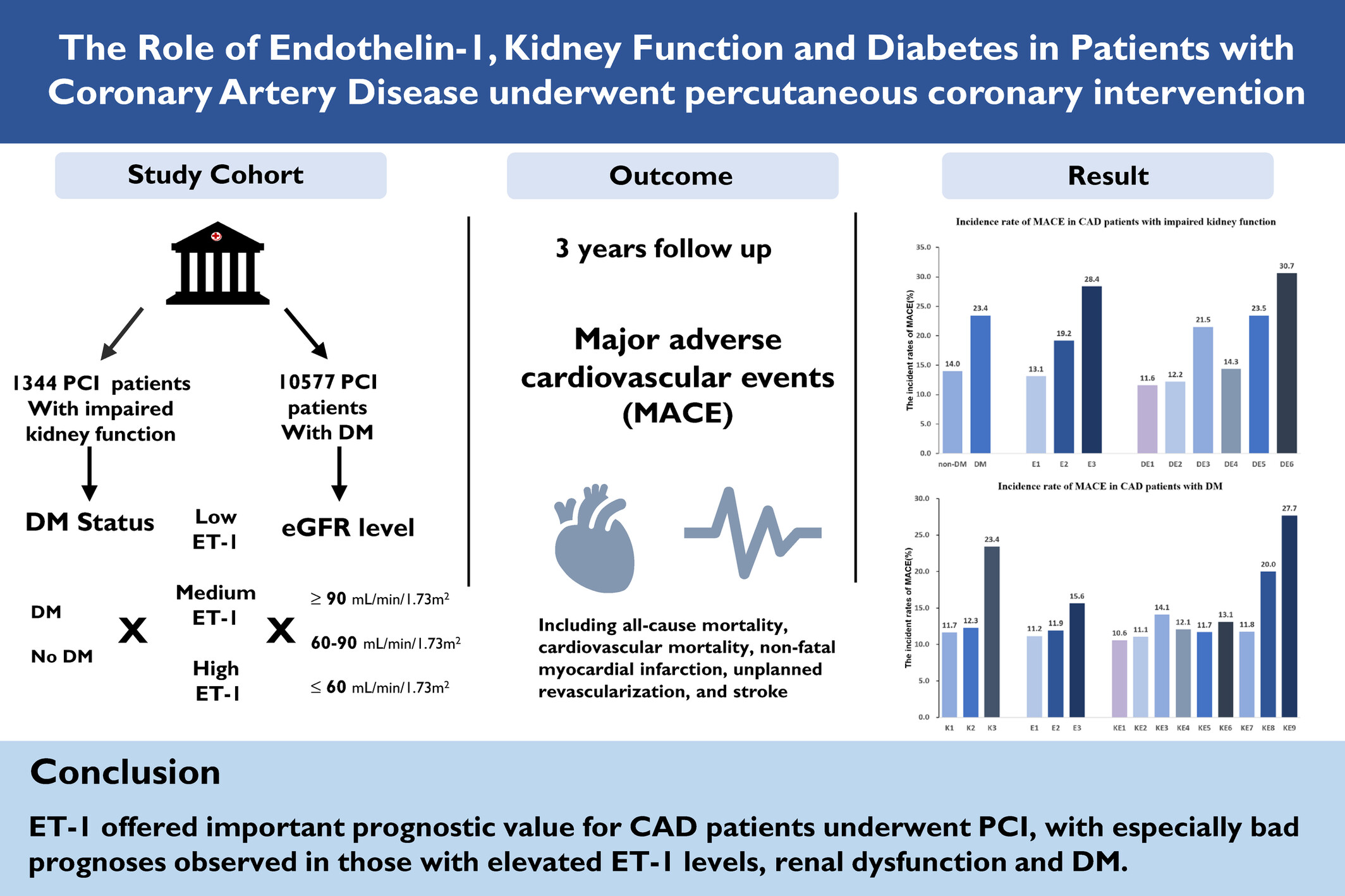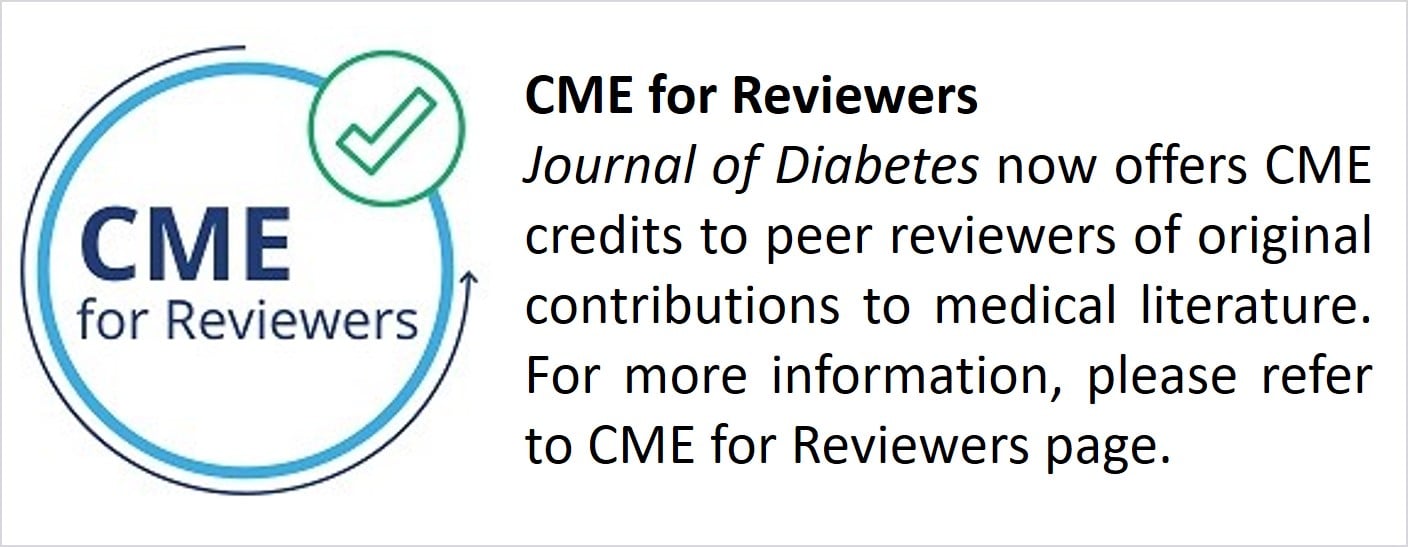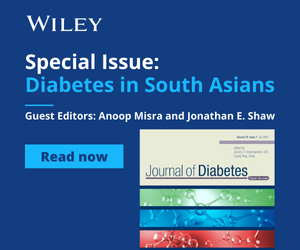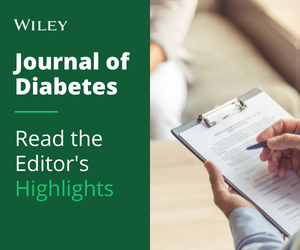Journal list menu
Export Citations
Download PDFs
ISSUE INFORMATION
ORIGINAL ARTICLE
Healthy Sleep Behaviors Reduce the Risk of Microvascular and Cardiovascular Complications in Patients With Type 2 Diabetes and Are Associated With Potential Serum Biomarkers: A UK Biobank Observational Cohort Study
- First Published: 29 June 2025
The Effect of Liver Transplantation on Anti-Glycaemic Agents in Patients With Pre-Existing Diabetes Mellitus: A Population-Based Cohort Study
- First Published: 15 July 2025
RESEARCH LETTER
Prescription Medication Expenditures for Patients With Diabetes in the United States: 2012–2021
- First Published: 22 July 2025
ORIGINAL ARTICLE
Characterization of Novel WFS1 Variants in Three Diabetes Pedigrees
- First Published: 10 July 2025
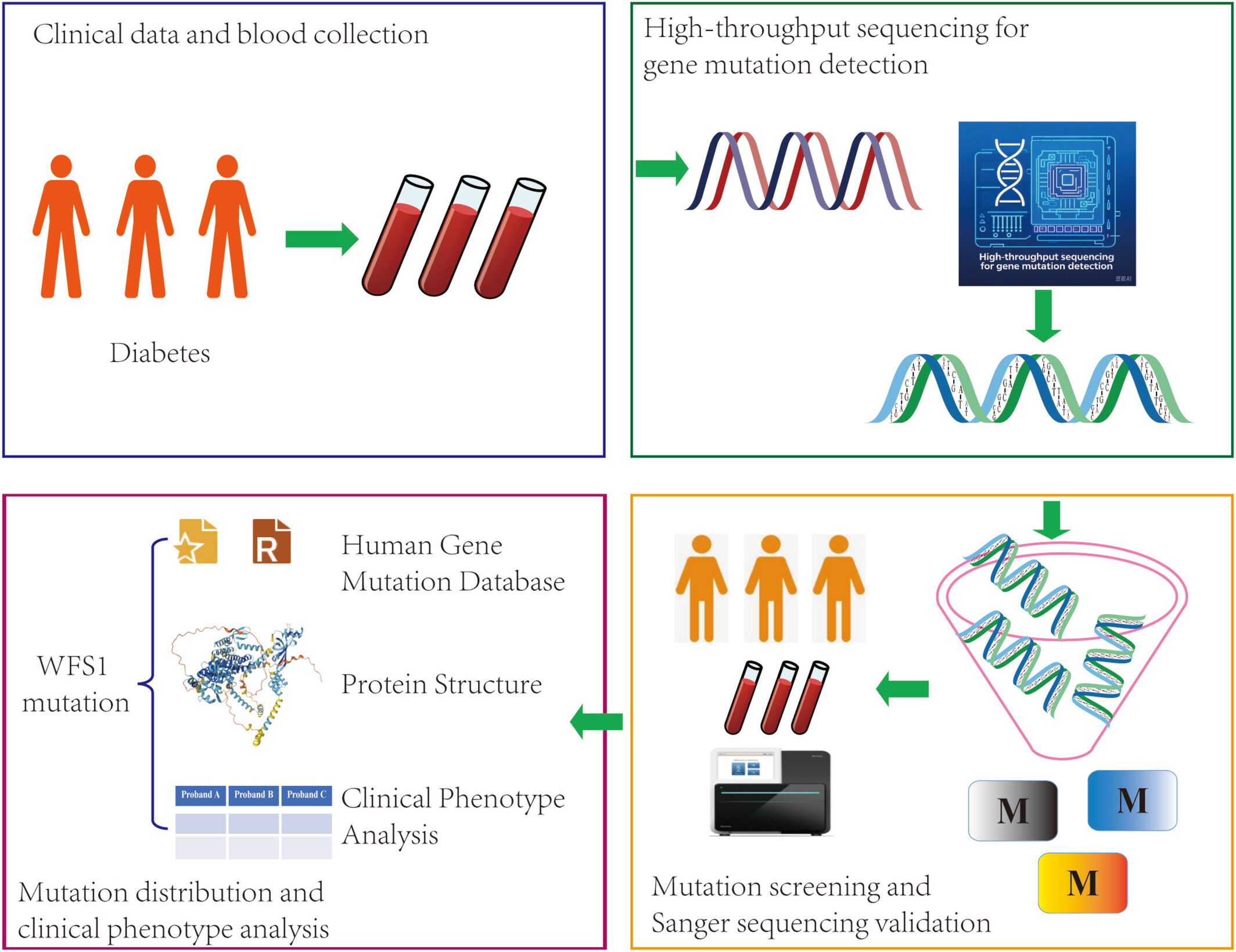
We first collected the patients with diabetes, including the clinical data and blood. Then the high-throughput sequencing platform was used to detected gene mutation using blood samples. After screening the possible mutation sites, we collected blood from the patient's family members and performed Sanger sequencing for verification. And we analyzed their pathogenicity and conservation using bioinformatics software, and constructed a three-dimensional Wolfram protein structure. Finally, we analyzed the distribution of WFS1 mutations and associated clinical phenotypes by summarizing the genetic variations of the WFS1 gene recorded in the Human Gene Mutation Database. We got results as follows: (1) c.1523_ 1524 del/p Y508Cfs*34 is a frameshift mutation, c.766A>G/p. K256E and c.985T>A/p. F329I are missense mutations. (2) c.766A>G/p. K256E is a benign and novel mutation, while the rest are pathogenic mutations. (3) c.985T>A/p. F329I can cause MODY in a family. (4) Phenotype and clinical presentations diverse in patients with WFS1-associated disease. (5) The proportion of WFS1 mutations corresponding to different clinical phenotypes were highest in missense mutations, mainly distributed in exon 8. We concluded that c.766A>G/p.K256E is a new WFS1 mutation that has never been reported before, and that inactivating mutations and benign missense mutations lead to more severe WS phenotypes than pure pathogenic missense mutations. We also verified that c.985T>A/p. F329I as a MODY-related gene. Finally, by summarizing the genotype–phenotype relationship of WFS1, we concluded that the clinical manifestations of WFS1 mutation-related disease are diverse and require accurate differential diagnosis based on laboratory tests and genetic sequencing.
Global, Regional, and National Epidemiology of Vision Impairment due to Diabetic Retinopathy Among Working-Age Population, 1990–2021
- First Published: 14 July 2025
Association of Different Types of Diabetic Autonomic Neuropathy With Left Ventricular Diastolic Dysfunction in Patients With Type 2 Diabetes: A Cross-Sectional Study
- First Published: 14 July 2025
EDITORIAL
Insulin Resistance in Type 1 Diabetes: Concepts and Implications for Therapy
- First Published: 18 July 2025
LETTER TO THE EDITOR
ORIGINAL ARTICLE
The Role of Endothelin-1, Kidney Function and Diabetes in Patients With Coronary Artery Disease Underwent Percutaneous Coronary Intervention
- First Published: 21 July 2025




